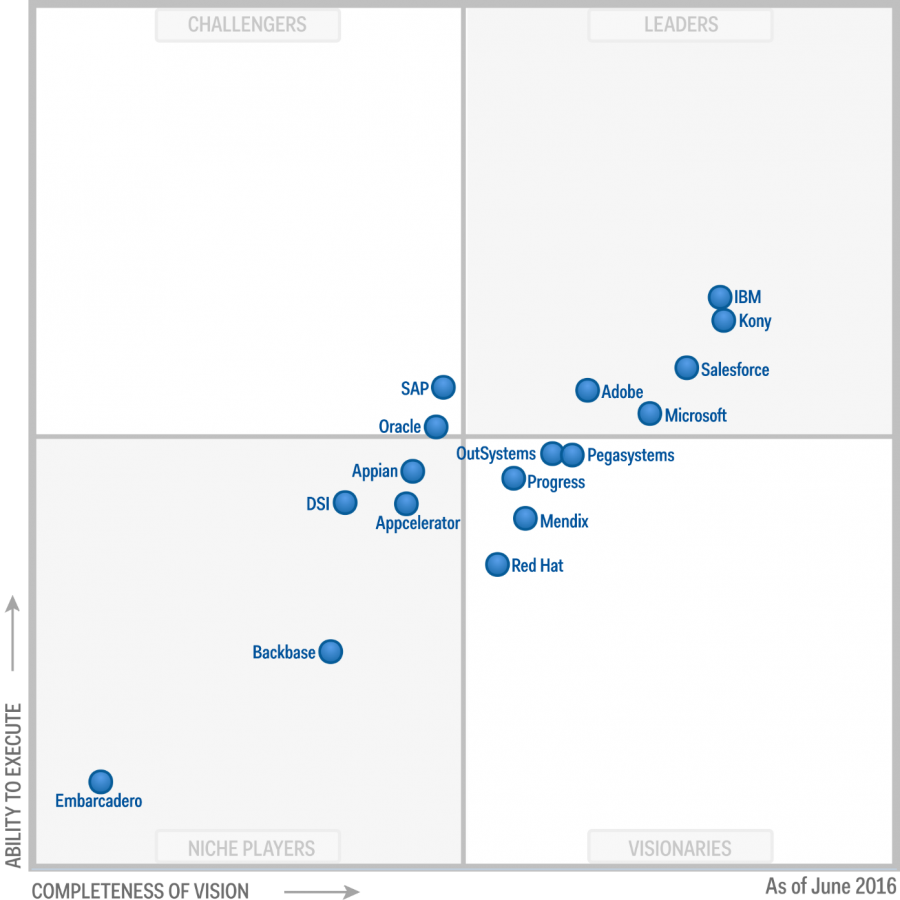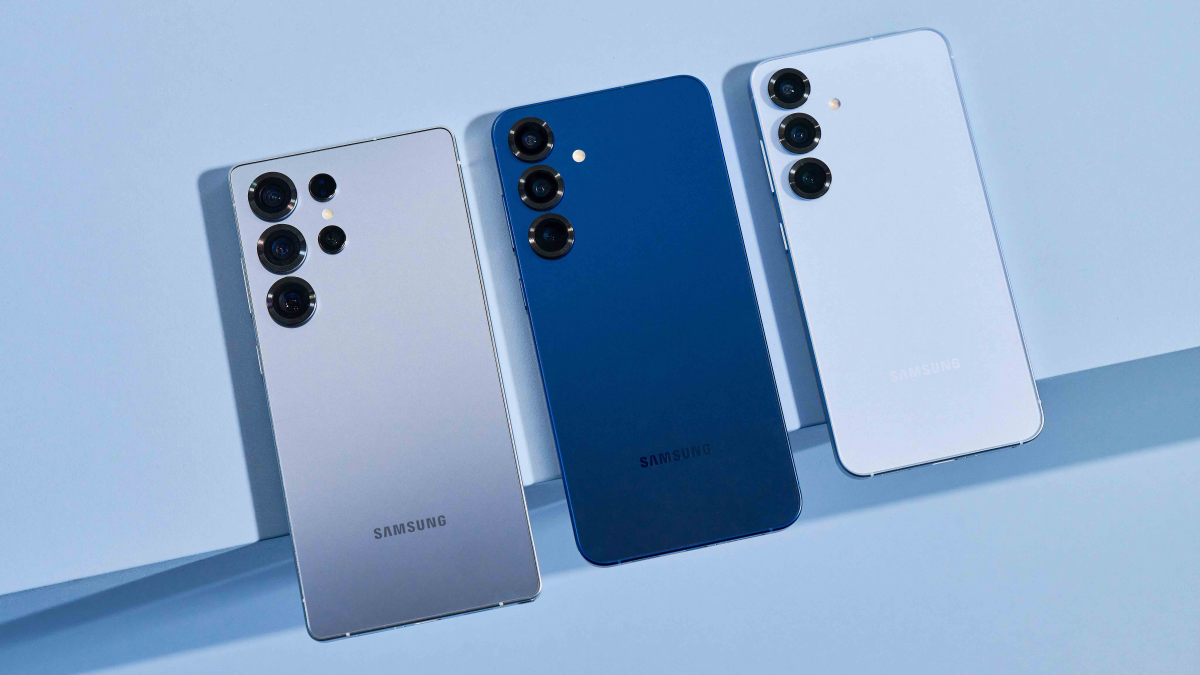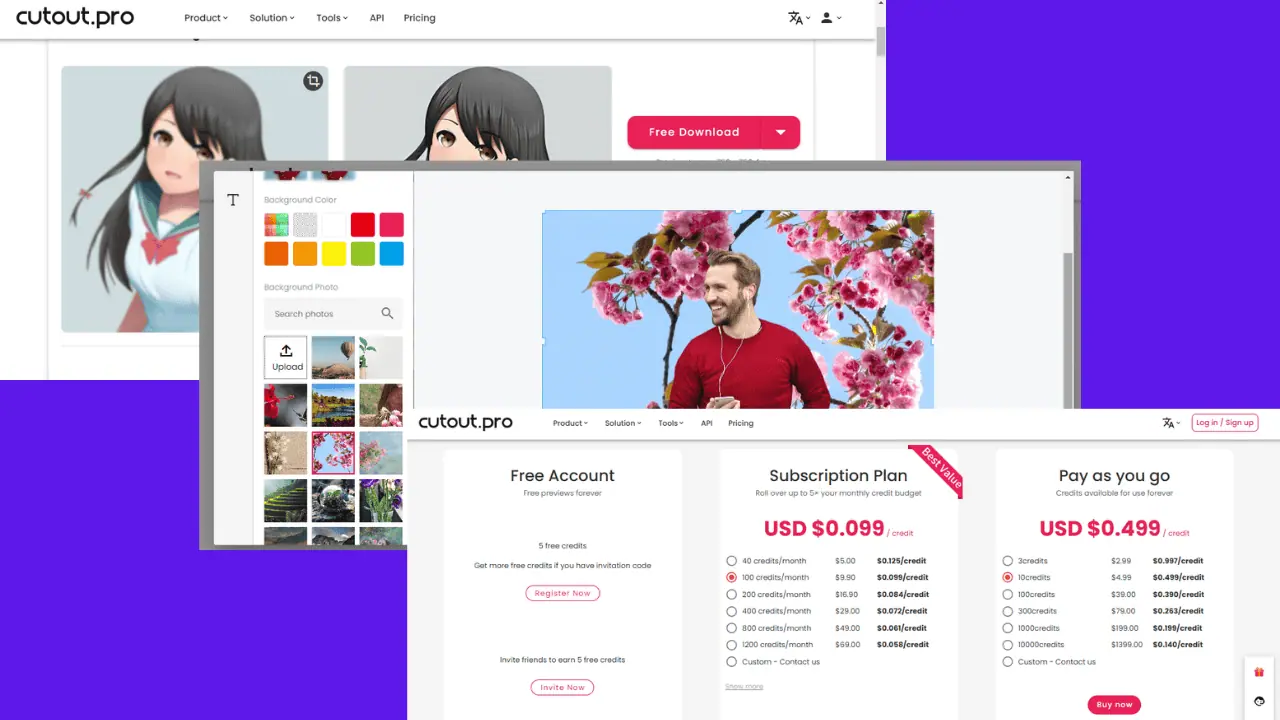Microsoft recognized as a Leader in the Gartner Magic Quadrant for Mobile App Dev Platforms
4 min. read
Published on
Read our disclosure page to find out how can you help MSPoweruser sustain the editorial team Read more

Gartner recognized Microsoft as a Leader in its 2016 Magic Quadrant for Mobile Application Development Platforms. Microsoft offers a powerful, integrated lifecycle solution for building, testing, deploying, and managing mobile apps, backed by the scale of Microsoft Azure.
Microsoft’s comments on Gartner’s report,
Over the past year we’ve made incredible progress toward our vison of “Any developer, any app, any platform.” Developers need to balance the efficiency of a full-stack solution with the flexibility to use the languages, tools and services they know and work best for their situation. We’re pleased to see the growing industry recognition of our unique approach to mobility: Microsoft is truly the only company with a complete solution for every app, every developer and every platform, but we still allow you the flexibility to let you work your way.
We’re working to fundamentally transform the way developers build and maintain apps. And while the journey is far from over, we’re honored by Gartner’s validation of what we’ve done so far, and I’d like to call out some of the reasons we think they did so:
Gartner’s comments on Microsoft,
Microsoft is in the Leaders quadrant this year, based on strong execution with its Azure and Xamarin offerings within the sizable .NET developer market. Its vision for MADP has also expanded drastically with its integration of Xamarin products and continued enhancements of Azure’s App Service and DevOps capabilities for mobile.
Microsoft’s MADP is a broad omnichannel offering based mainly on Visual Studio, Azure App Service, and the Xamarin platform that was acquired in early 2016. Hybrid apps are built using Visual Studio Tools for Apache Cordova. Native apps can be built using C# and .NET with Xamarin in Visual Studio, which is now free and open-source as part of the .NET Foundation. Developers can use Xamarin.Forms to build cross-platform UI elements for greater code reuse. Citizen developers, such as line-of-business analysts, can create hybrid apps with Microsoft PowerApps, using a no-code authoring tool (PowerApps is fully generally available in 2H16).
Microsoft’s Azure App Service delivers mobile back-end services on multiple client-side OSs. Azure App Service includes capabilities such as push notifications, offline sync, identity management, SQL and NoSQL database integration, social media integration, and location services. Additionally, Microsoft offers strong DevOps support for mobile: through HockeyApp analytics as well as Xamarin Test Cloud, which are both fully integrated into Visual Studio Team Services.
Microsoft’s pricing for Visual Studio is based on a per-developer seat subscription; Xamarin is now included in the license. Azure App Service has five different tiers of licensing and is based on usage. Typical costs for an initial mobile development project, in terms of direct licensing fees and related payments to the vendor, start at the low end of the spectrum (less than $25,000 per year; see Note 1), but can increase significantly depending on the cloud services employed.
Strengths
- With Microsoft’s MADP, Xamarin developers can design app interfaces to create fully native UIs customized for each platform — using fully featured Android, iOS and Windows 10 Universal Windows Platform (UWP) designers.
- For hybrid apps, developers can select their preferred JavaScript frameworks and workflows, which can integrate with Visual Studio Tools for Apache Cordova.
- Microsoft is a solid choice for enterprises with a significant investment and skills in the Microsoft ecosystem: Visual Studio, .NET and Windows-based back-end systems.
Cautions
- Microsoft has struggled to attract large numbers of cross-platform developers to its development platform beyond its existing .NET developer base.
- Microsoft’s MADP is a collection of developer-oriented tools and has not generated awareness or traction with higher-level line-of-business buyers.
- The PowerApps RMAD tool shows promise, but will remain in beta until the second half of 2016, so it has yet to be seen whether broad adoption of PowerApps will be realized.
Download the full report for more details.









User forum
0 messages